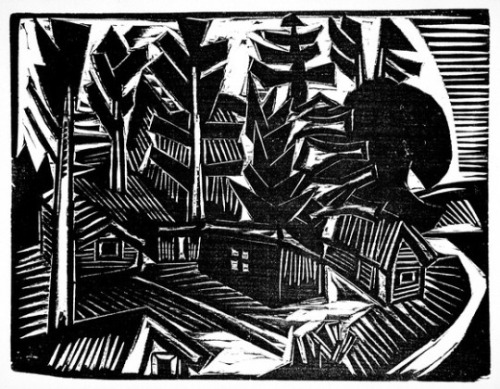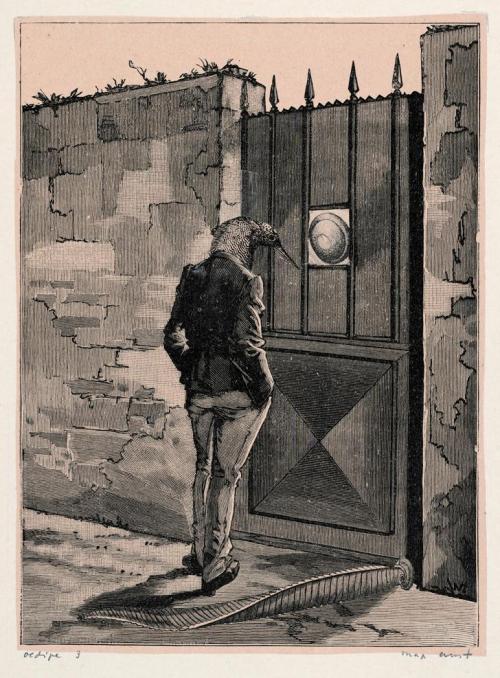#german art

Self-portrait with monocle (1777)
Anna Dorothea Therbusch (1721–1782)

Princess Elizaveta Esperovna Troubetzkaya (1859)
Franz Xaver Winterhalter (1805-1873)

Portrait of a girl (before 1924)
Dora Hitz (1856-1924)

from Leben? oder Theater? Ein singspiel (c. 1940-1942)
Charlotte Salomon (1917–1943)

Germanische Sonnenwendfeier (Urgermanenzeit) by Fritz Koch-Gotha & F. E. Wachsmuth 1930s from Leipzig. Saarländisches Schulmuseum.
“They live, therefore, fenced around with chastity; corrupted by no seductive spectacles, no convivial incitements. Men and women are alike unacquainted with clandestine correspondence. Adultery is extremely rare among so numerous a people. Its punishment is instant, and at the pleasure of the husband. He cuts off the hair of the offender, strips her, and in presence of her relations expels her from his house, and pursues her with stripes through the whole village. Nor is any indulgence shown to a prostitute. Neither beauty, youth, nor riches can procure her a husband: for none there looks on vice with a smile, or calls mutual seduction the way of the world. Still more exemplary is the practice of those states in which none but virgins marry, and the expectations and wishes of a wife are at once brought to a period. Thus, they take one husband as one body and one life; that no thought, no desire, may extend beyond him; and he may be loved not only as their husband, but as their marriage. To limit the increase of children, or put to death any of the later progeny is accounted infamous: and good habits have there more influence than good laws elsewhere.”
-Tacitus, Germania
Max Ernst (1891-1976, German) ~ Où naissent les cardinaux / Where the Cardinals are Born, 1962
[Source: Christie’s]
Post link
Max Beckmann, The Night, 1919 (Kunstsammlung Nordrhein-Westfalen, Düsseldorf).
J. M. Bernstein writes:
The cruelty of abstraction, its cutting into the flesh of sensuousness in order to enact such sensuousness, engages us on the ground of our bodily mortality, which the reigning universals eclipse as a condition for meaning. The disturbance, distress, suffering of the material surface - just that - that these canvases perform (on and to us) are a way of calling back and voicing sensuous reality in its mortal coils, of recalling or inventing an experience of depth of transcendence that hangs on nothing more than our bodily habitation of a material world in which all things pass away.
Post link
Ernst Ludwig Kirchner (German, 1881-1938), Selbstbildnis mit Modell [Self-portrait with model], 1910. Coloured chalk on firm brownish board, 59.8 x 49.1 cm.
Post link


![thunderstruck9: Otto Piene (German, 1928-2014), Feuer [Fire], 1972. Fire gouache on card, 100 x 70 c thunderstruck9: Otto Piene (German, 1928-2014), Feuer [Fire], 1972. Fire gouache on card, 100 x 70 c](https://64.media.tumblr.com/118d27a126e22cfb55fe700e29fd54ba/tumblr_p0724o0T0W1u6x3h6o1_500.jpg)





![Ernst Ludwig Kirchner (German, 1881-1938), Selbstbildnis mit Modell [Self-portrait with model], 1910 Ernst Ludwig Kirchner (German, 1881-1938), Selbstbildnis mit Modell [Self-portrait with model], 1910](https://64.media.tumblr.com/64773488d96e81f3f5649ed39c84f257/f8f61159cb4552d4-29/s500x750/e3f492f6ed01297545fd0be4b3b8f2feaf06f3a9.jpg)